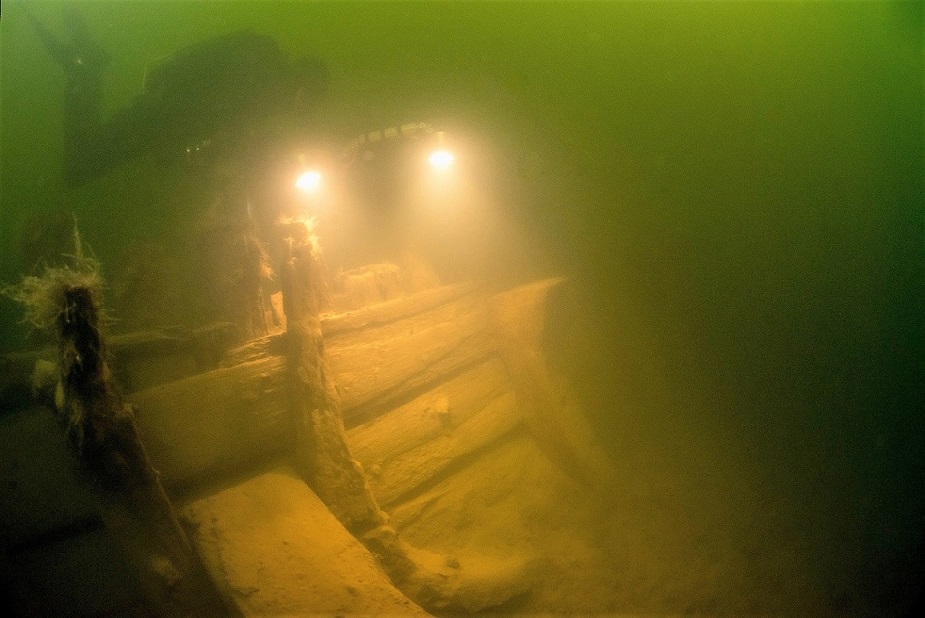
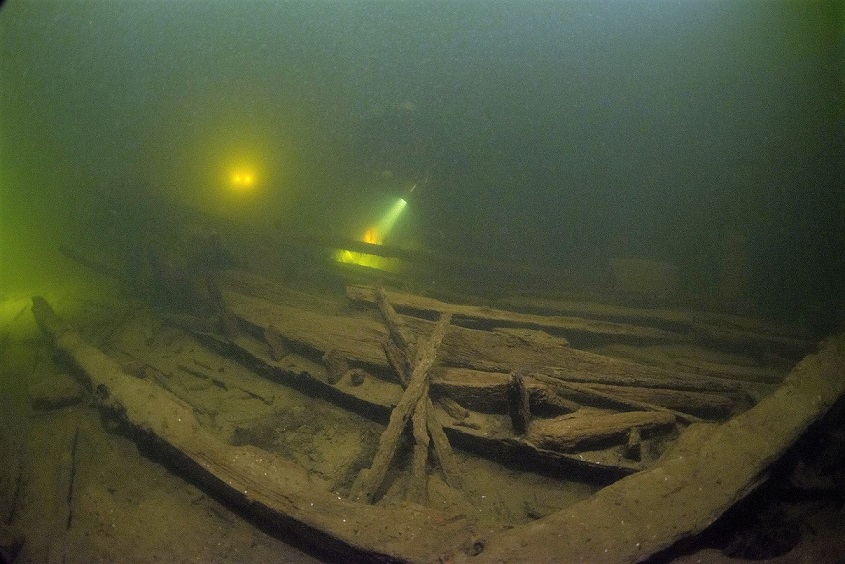
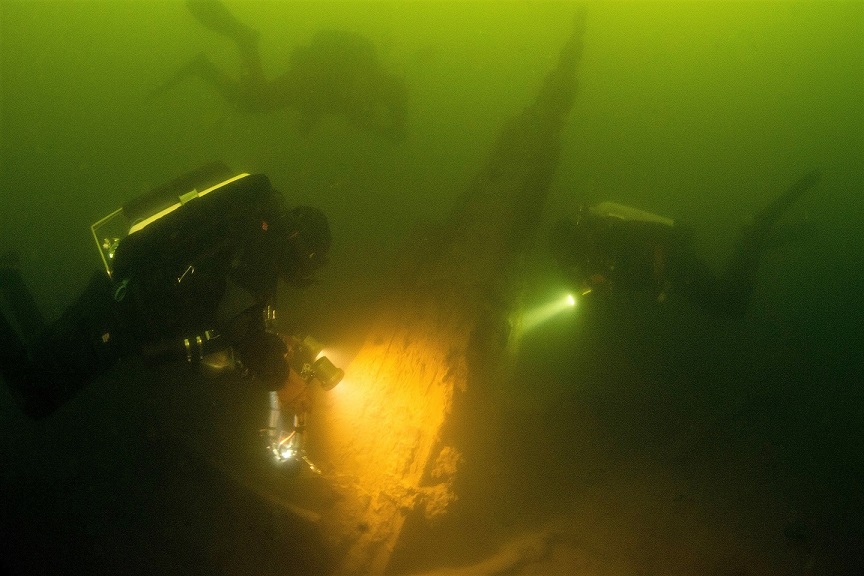

Based on the numbers of men and ships involved, the second naval battle of Svenskund (Fin. Ruotsinsalmi) has remained in history as the largest sea battle in the Baltic Sea. In total, almost 13,000 men and 185 vessels from Sweden fought against some 20,000 men and 273 warships from Russia. More than 60 ships were lost in the battle, some of which are still lying on the seafloor off the coast of Kotka. The Navy continues to celebrate this victorious day on its anniversary.
He wanted to restore to Sweden areas lost to Russia resulting from the Treaties of Uusikaupunki (1721) and Turku (1743), and to raise Sweden’s standing on a European scale. Although the King had no right to start a war without the approval of the Swedish parliament, he nevertheless laid large-scale plans.
Contrary to both his officers’ and general opinion, Gustav secretly equipped his army and navy in the royal shipyards and shipfitter companies. By June 1788, both the army and navy were ready to attack.
Russia was provoked into a war, which it declared on Sweden on July 11th, 1788. The war began almost simultaneously on land and at sea. There were numerous clashes between Swedish and Russian forces in the Baltic Sea and the Gulf of Finland. Although the war was also fought on land at the same time, it lacked the grand scale of its marine counterpart.
In August 1789, the Swedish Navy was ready for battle at the narrowest point of the Ruotsinsalmi straits when Russia invaded. However, the Swedes quickly saw their ammunition diminish alarmingly and the Swedish Navy received the order to retreat.
A chaotic escape began, leading to the first sea battle defeat of Sweden in the face of overwhelming Russian superiority. After the battle, the Swedes feverishly began to reinforce their fleet. The war was not over yet.
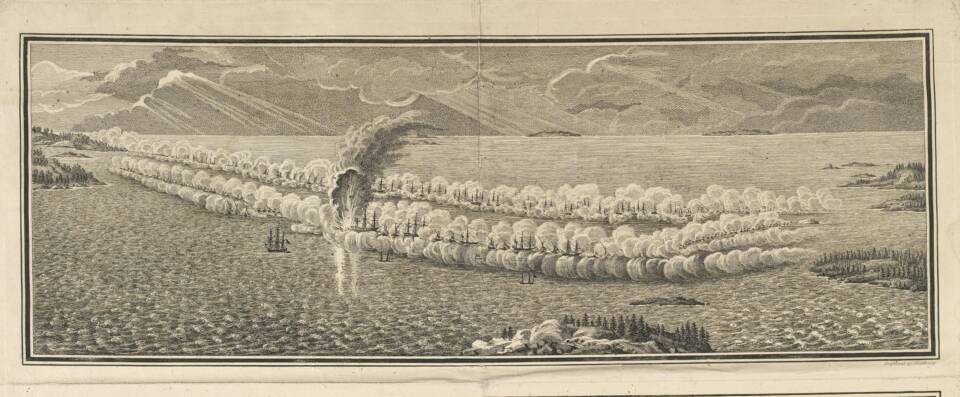
For a year the war was fought on land. In the summer of the following year, the Empress Catherine of Russia, who had had enough of Sweden’s aggression, ordered her navy to destroy the Swedish fleet.
The fleets encountered each other once again in the Ruotsinsalmi area. The intense cannon fire started early in the July morning and continued throughout the day, sometimes with the gunpowder smoke completely obscuring the visibility. The weather conditions were not favourable to the Russian fleet as the wind pushed some of their incapacitated ships onto reefs. As night came on, it became so dark that there was nothing visible to shoot at and finally it became very quiet.
As the following morning dawned, the battle damage became evident. The wind had driven the Russians into chaos and many of the ships had fled. Russian ships were seized, sunk, or burned. King Gustav III of Sweden had survived the naval battle of Svenskund as the overwhelming winner.
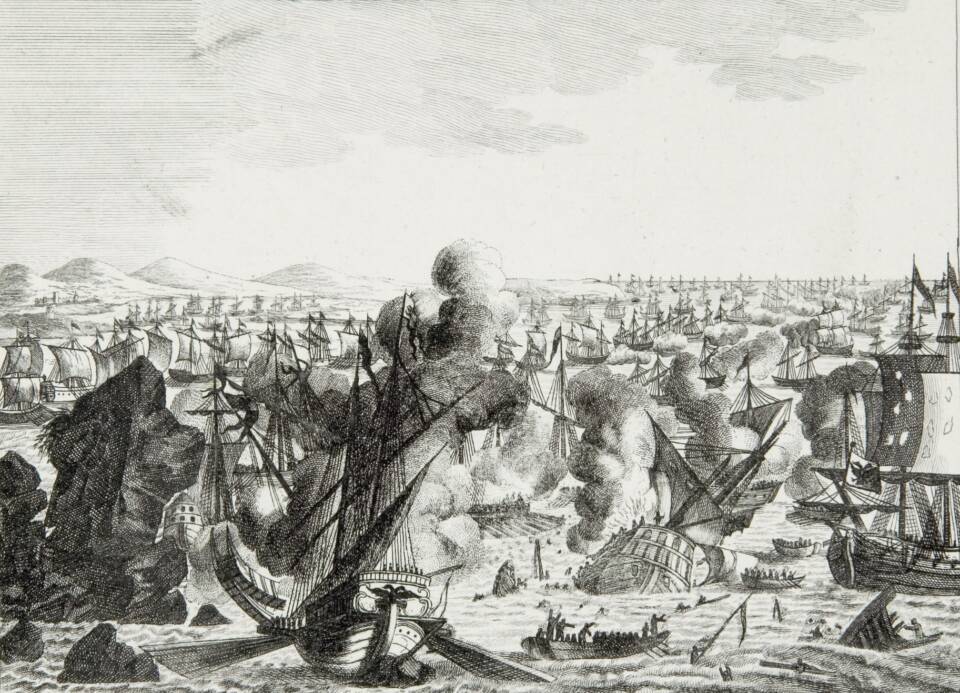
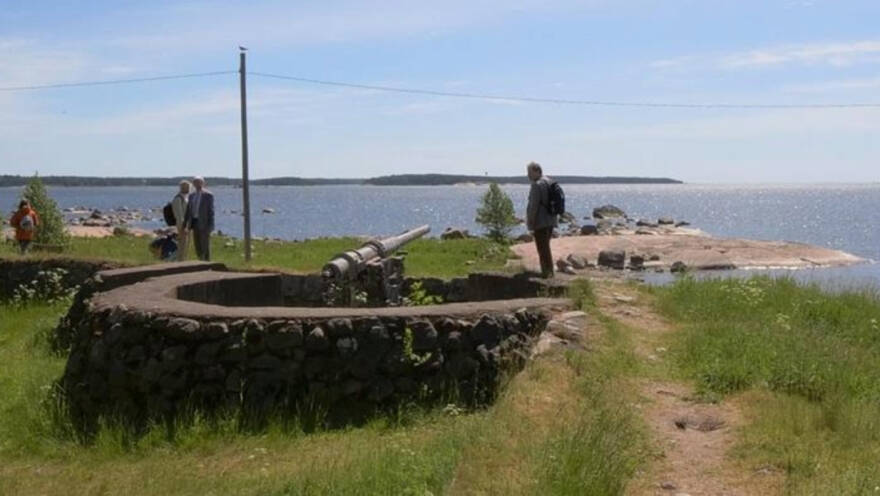
The war of Gustav III caused dissatisfaction among Finnish officers. It is said to have been the impetus for Finland’s separation from Sweden to become an autonomous part of Russia.
As a result of the sea battles, the Russians built a sea fortress system consisting of a number of separate forts, redoubts, and artillery batteries in Kotka and the surrounding areas.
During the fighting, dozens of ships sank in the Ruotsinsalmi area, of which several wrecks have been located and investigated. Together with the nature of the area, they form an interesting underwater landscape. Some wrecks, such as the frigate Sankt Nikolai, have been investigated and objects have been brought to the surface. The cannons recovered from the Sankt Nikolai surveys can be found on Varissaari Island along with a war memorial of the Battle of Svenskund.



The entire naval battle area, i.e. 26 km2, is a protected ancient remnant area protected by the Antiquities Act (295/1963). This area is delineated on the map based on wreckage finds and old maps of the battle. The delineation is an estimate and will be updated as necessary on the basis of new research data. The Antiquities Act protects the area’s wrecks (and parts thereof) that can be presumed to have sunk at least 100 years ago.
Explore the sites in the Cultural environment service window.(siirryt toiseen palveluun) (in finnish)
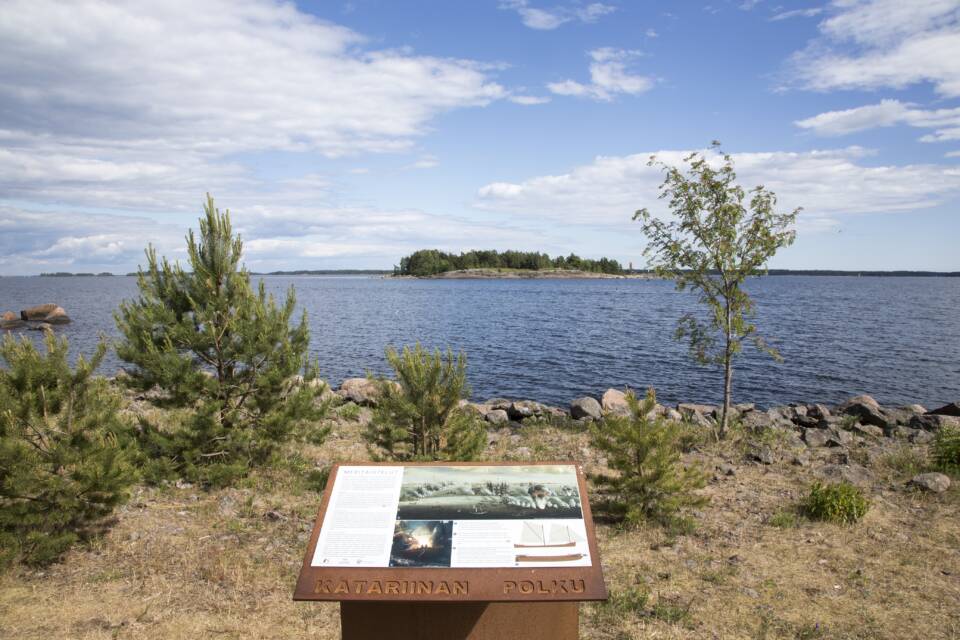
The naval battle area of the Ruotsinsalmi area can be seen from the shores of Kotka city. You can also explore the area in your own boat. In 2020, the naval battles of the Ruotsinsalmi area will become an exhibition in the Finnish Maritime Centre Vellamo, in Kotka.
N: 6698787, E: 497531(siirryt toiseen palveluun) (ETRS-TM35FIN)